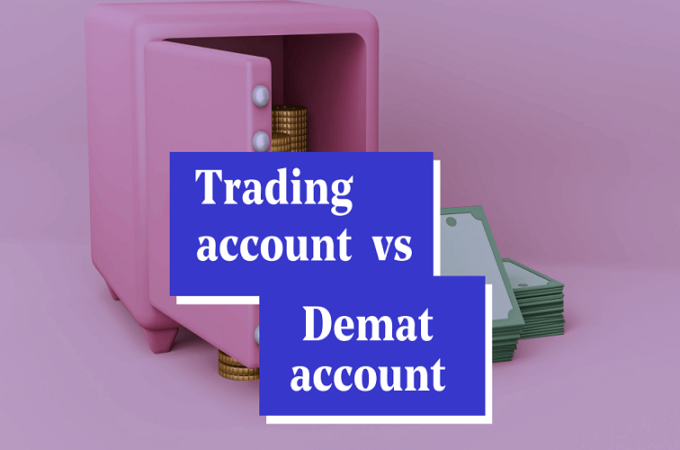
Covered Call Strategies: How they Work?
When investing in the stock market, individuals often look for strategies that can generate income and provide a certain level of protection against potential downsides. In recent years, the covered call strategy in options trading has gained significant popularity among investors due to its ability to accomplish these objectives. This blog post aims to delve into the mechanics of covered call strategies, offering a comprehensive understanding of how they can effectively enhance returns and manage risks. By exploring the intricacies of this strategy, investors can make informed decisions and potentially optimize their investment portfolios.
What is a Covered Call?
A covered call is an options strategy that involves selling call options on an investor’s stock. The term “covered” refers to the fact that the investor holds the underlying stock to cover the potential obligation of delivering the shares if the options are exercised. By selling call options, investors can generate income through premiums while retaining ownership of the underlying stock.
Understanding Covered Calls
The covered call strategy is considered neutral because it is typically employed when an investor expects only a minor increase or decrease in the underlying stock price during the lifespan of the written call option. This approach is beneficial when the investor holds the asset long-term but has a short-term neutral outlook. The investor can generate income from the option by holding the asset and having a short position via the option premium.
In simpler terms, if an investor plans to hold the underlying stock for an extended period but does not anticipate a significant price increase in the near future, they can generate income for their account by collecting premiums while waiting for the market to pick up.
By writing a covered call, investors create a short-term hedge against their long stock position and earn income through the option premium received. However, it’s important to note that the investor may miss out on potential stock gains if the stock price surpasses the option’s strike price. Additionally, if the buyer decides to exercise the option, the investor must provide 100 shares at the strike price for each contract written.
How Does a Covered Call Work?
Let’s walk through a step-by-step explanation of how a covered call strategy works:
Stock Ownership: An investor purchases a certain number of shares of a particular stock.
Call Option Sale: The investor then sells call options on the same stock, typically at a strike price above the current market price. Each call option represents the right to buy 100 shares of the underlying stock.
Premium Collection: The investor receives a premium from the call option buyer in exchange for granting them the right to buy the shares at the strike price within a specified time frame.
Scenario Outcomes: There are three possible scenarios at the option expiration:
a) Option Expires Worthless: If the stock price remains below the strike price, the call options expire worthless, and the investor keeps the premium received.
b) Option Exercised: If the stock price rises above the strike price, the call options are exercised, and the investor must sell the shares at the strike price. However, the premium collected helps offset any potential loss.
c) Stock Price Appreciation: If the stock price increases but remains below the strike price, the investor keeps the shares, receives the premium, and benefits from any increase in the stock’s value.
Benefits and Considerations
Covered call strategies offer several advantages for investors:
Income Generation: By selling call options, investors can generate additional income through the premiums received, providing a steady cash flow stream.
Downside Protection: The premiums collected to act as a buffer against potential losses if the stock price declines, reducing the breakeven point for the investor.
Enhanced Returns: If the stock price remains below the strike price, investors can earn additional income while still benefiting from any potential stock price appreciation.
Flexibility: Investors can choose strike prices and expiration dates based on their investment objectives and risk tolerance.
However, it’s essential to consider a few key factors:
Opportunity Cost: The investor may miss out on additional gains if the stock price exceeds the strike price.
Limited Upside: The strategy caps the potential profit if the stock price significantly increases.
Stock Volatility: High volatility can lead to higher option premiums, but it also increases the likelihood of the stock price exceeding the strike price.
Conclusion
Covered call strategies offer investors a promising avenue to generate income and manage risk within their portfolios. Investors can optimize their returns by capitalizing on the premiums and maintaining ownership of the underlying stock while potentially mitigating downside risk. However, it is vital to diligently assess investment goals, risk tolerance, and market conditions before implementing such strategies. To navigate the options trading world effectively, investors can rely on the Share India app—an advanced options trading app that provides comprehensive tools and resources for successful trading. With Share India, investors can harness the potential of covered call strategies to attain their financial objectives confidently.





